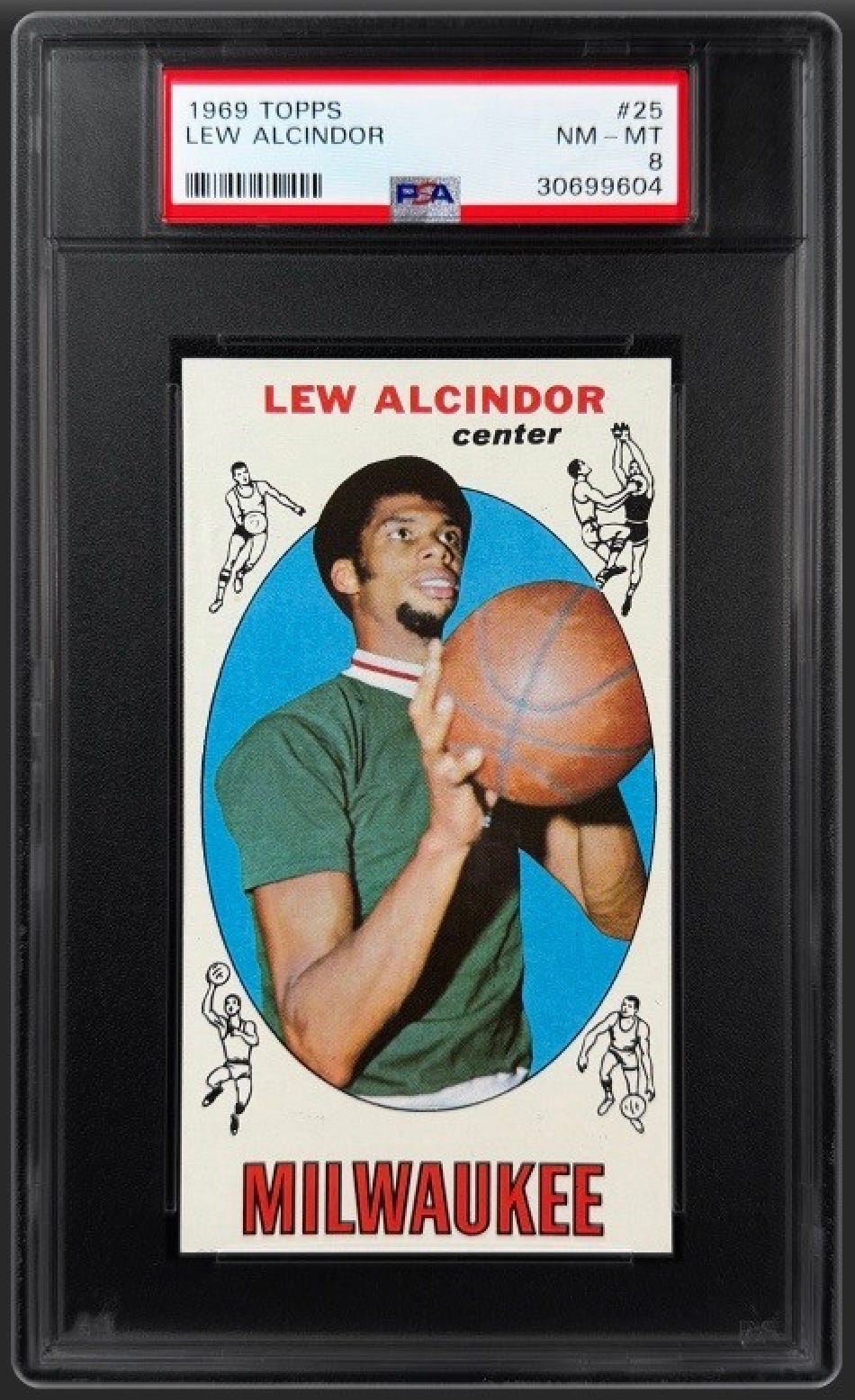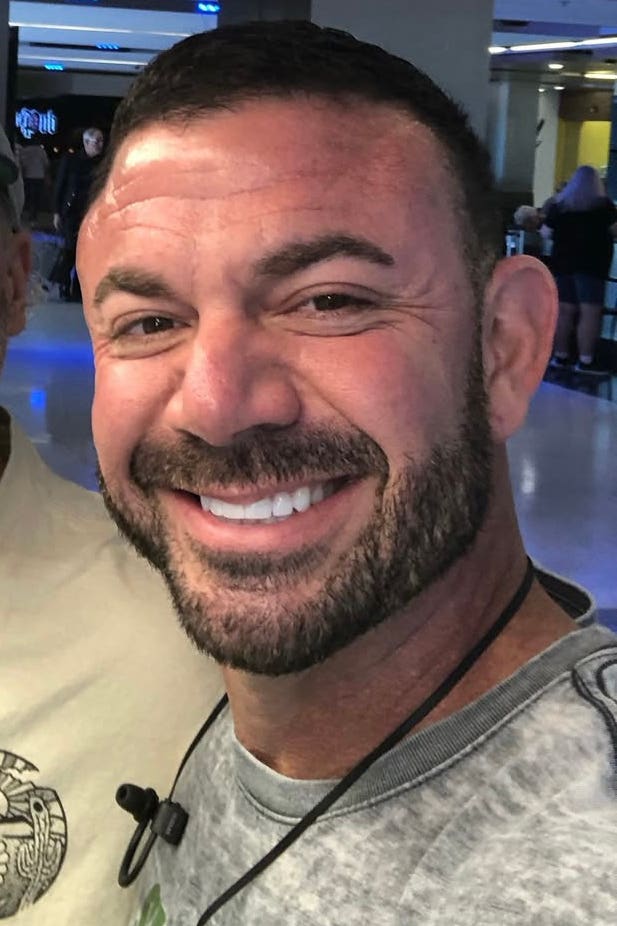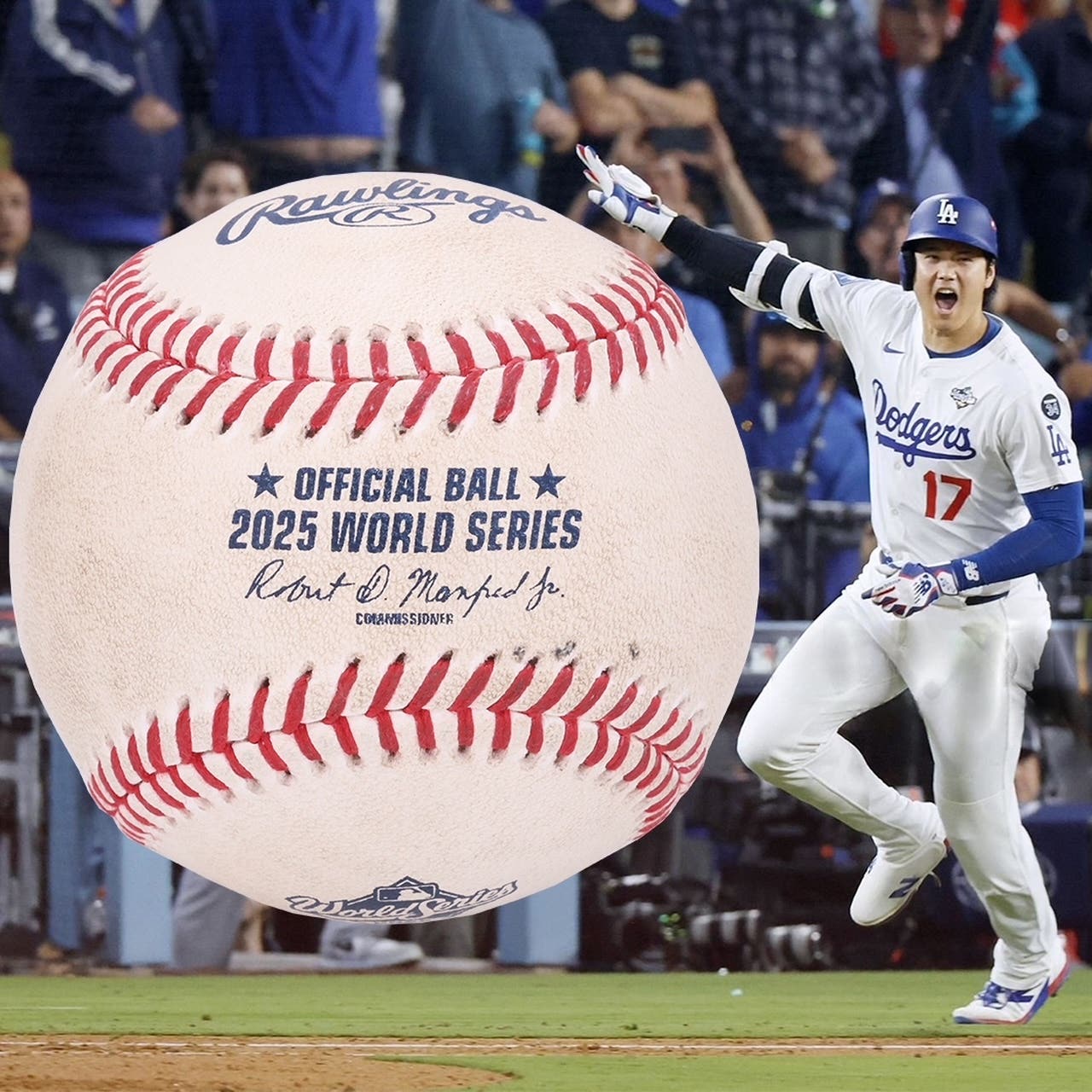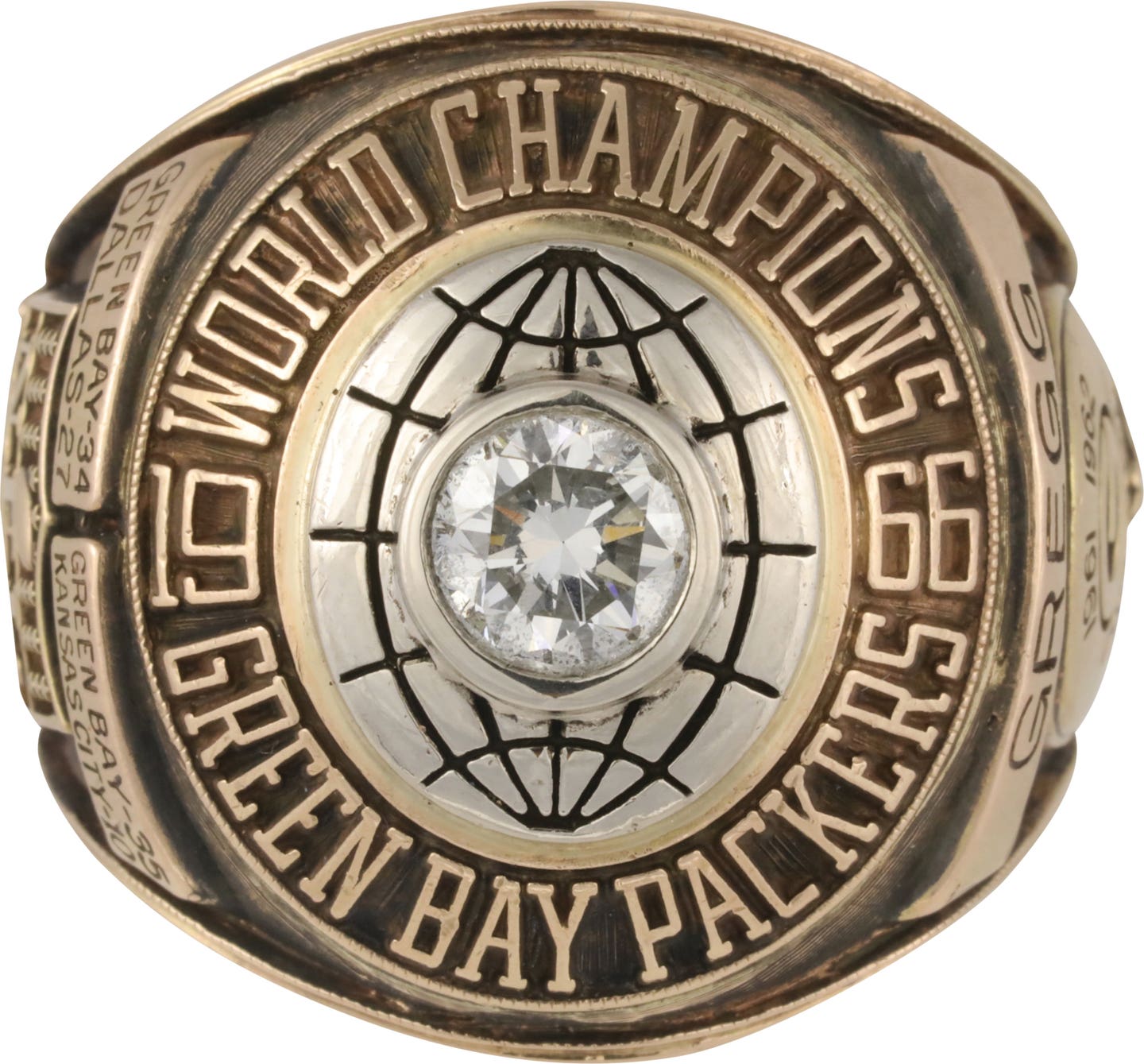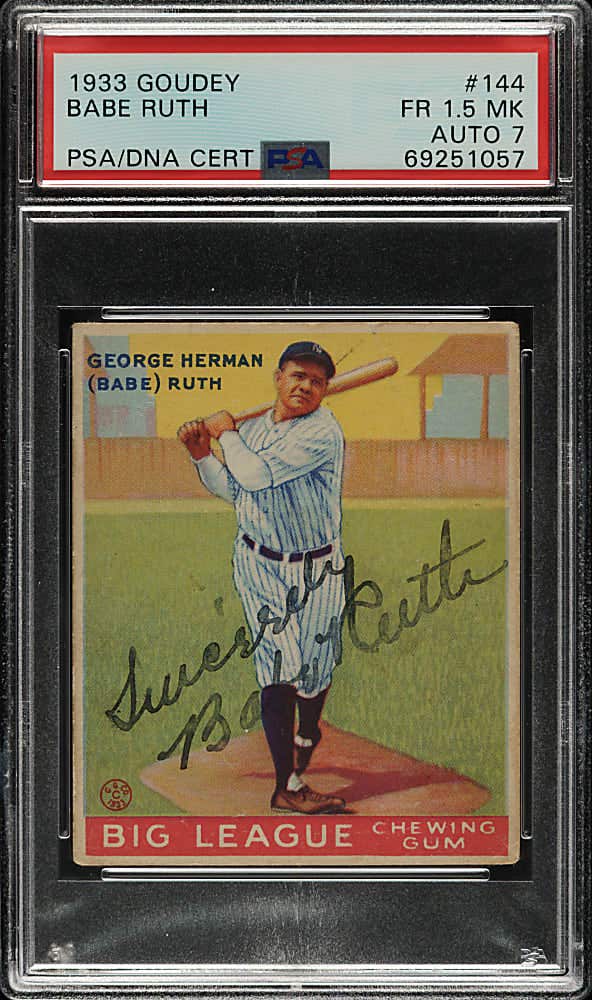Collecting 101
Money in the Banks: HOFer remains a fan favorite
In this day and age when overpriced, under-producing athletes are the rule rather than the exception, it can be refreshing for fans to reflect back on the forgotten days when athletes simply played for the love of the game and were grateful for the opportunity to do so.
No player better epitomized that appreciation to play the game of baseball more than “Mr. Cub,” Ernie Banks. With his ever-present smile and a ton of talent packed into his 6-1, 180-pound frame, Banks parlayed every ounce of ability he had into a 19-year major league career that culminated with his 1977 Hall of Fame induction.
The Dallas, Texas, native last played on Sept. 26, 1971, but his staying power within baseball circles as well as the sports card show circuit remain as strong as it did when he roamed between the foul lines at Wrigley Field. While his days of redirecting fastballs over the ivy and on to Waveland Avenue are long gone, Banks stays in touch with the game that helped define him by serving as a Cubs team spokesman, in addition to making numerous speaking engagements and autograph appearances. Those various duties keep the 74-year-old busy, while his friendly, easy-going nature make him a highly desired signer and a fan favorite wherever he goes.
Banks will renew that unique relationship with the fans at this year’s SportsFest show, where he’ll be one of more than 40 Hall of Fame autograph guests from various sports to attend the sports collectibles show. The impressive autograph lineup will provide Banks and the rest of the sports legends on hand a chance to catch up, an opportunity Banks will once again make the most of.
“When you’re younger, and busy with your career and raising a family and doing speaking engagements, you’re kind of all over the place and you never really know a person real well,” Banks said. “So now it’s kind of fun to chat with them and see how they’re doing. I see (my former teammates) Billy Williams of course and Kenny Holtzman, Jim Hickman, Billy Hands, Ted Abernathy and Ron Santo. We’re actually closer now than when we played together.”
The Hall of Famer dedicates himself to giving his all to everything he takes part in, a practice he’s been applying since his childhood.
“I learned early on in my life from my father, from my family, to just enjoy what I was doing at the time,” Banks said. “Some things changed during my career, such as the move from shortstop to first base. Other things remained the same, such as playing all of our home games in the daytime. But baseball is the greatest game there is, and for me, playing it to the best of my ability was my focus.”
A perfect example of Banks’ ability to concentrate on the task at hand was the relatively smooth transition he made after being abruptly shifted from shortstop to first base near the end of the 1961 season.
“Elvin Tappe was our manager at the time and he called me into his room at the hotel and told me, ‘We’re playing in San Francisco tomorrow and you’ll be playing first base. So get yourself a first baseman’s mitt.’ I had never played first base before, but I never said anything. I just went over there. It was a total surprise.”
Banks basically had two defensive careers. From 1953-1961, he was two-time MVP and Gold Glove performer at shortstop. From 1962-1971, Banks was a first baseman, where he displayed above-average range and a strong arm. Although he is best remembered for his play at short where he tallied 1,125 games, he actually played more games at first base (1,259).
Never one to shy away from a new challenge, Banks sought out the tutelage of his longtime mentor John “Buck” O’Neal to help with the adjustment. The former Negro League standout was Banks’ manager during Banks’ brief stint with the Kansas City Monarchs and the person he often turned to when in need of advice on anything baseball related.
“I think it’s important to kind of stay with one mentor,” Banks said. “Because he knows you, knows your inner soul. I listened to coaches we had in Chicago, too, like Rogers Hornsby and Charlie Grimm. We had some good ones and they were people I respected. But to me, Buck is very enthusiastic, positive person with a great instinct for teaching the game.
My father taught me to listen to people and Buck was the man I listened to.”
Those words of wisdom obviously didn’t fall on deaf ears, as Banks made the switch to first with relative ease, posting a sub-.992 fielding percentage in his 10 seasons on the right side of the diamond.
When reflecting on his outstanding career, Banks recalled an incredible two-year stretch when everything came together. In 1958, Banks traveled into the rarified air most athletes can only dream about. After posting a .313 average with 47 home runs and 129 RBIs in 1958, followed up by his 1959 campaign that included 45 dingers and 143 RBIs while batting .304, Banks earned a spot among the game’s elite. His impressive play earned him National League MVP honors both years, a feat that wasn’t duplicated again until 1975 when fellow Hall of Famer Joe Morgan turned the trick.
“Those years, 1958 and ’59 were real happy years in my life,” Banks said. “I was just so focused and so into what I was doing. I just kind of blocked out everything. I was in the zone, a dream world. It was not a goal of mine to be MVP those years but everything sort of fell into place. Whoever was out there on the mound that day, I was just going to try to hit the ball,” Banks said. “If a guy got me out, I’d think to myself, ‘I don’t know how he could have done that. I must have gotten myself out.’
“That’s not meant to sound egotistical, it’s just a confidence hitters need to have when they step up there. We just ask concentrated on the ball. If you ask Hank Aaron or Willie Mays, they’ll tell probably tell you the same thing. They concentrated on hitting the ball, regardless of who was pitching that day.”
When Banks isn’t busy talking baseball or signing them, he spends some of his free time working on his own collection of sports memorabilia.
“A friend of mine has given me several baseball cards of when I began my career, from the middle of my career and toward the end, so I’ve started my own collection for my grandkids,” Banks said. “It’s a lot of fun.”
Although he makes regular appearances as an autograph guest, Banks memorabilia remains in high demand in the Windy City and throughout the country. His 1954 Topps rookie card sells in the $800 neighborhood, while a 2003 Donruss Signature Series (INKredible) card fetches $1,500.
Widely regarded as the greatest MLB player to have never participated in the postseason, Banks will likely remain an excellent ambassador for the game, a great autograph guest and all-around good guy until the day he steps in the batter’s box in the sky. Once there, he’ll undoubtedly flash his world famous smile and say, “What a great day for baseball. Let’s play two.”




